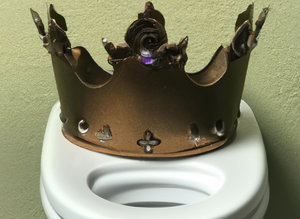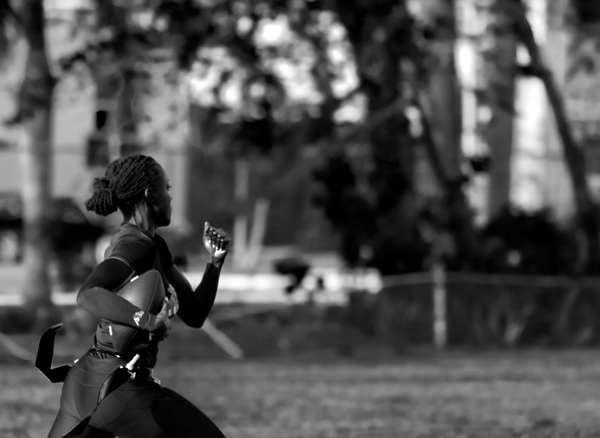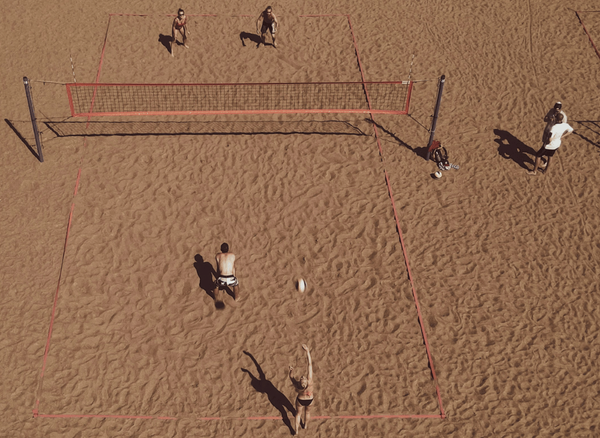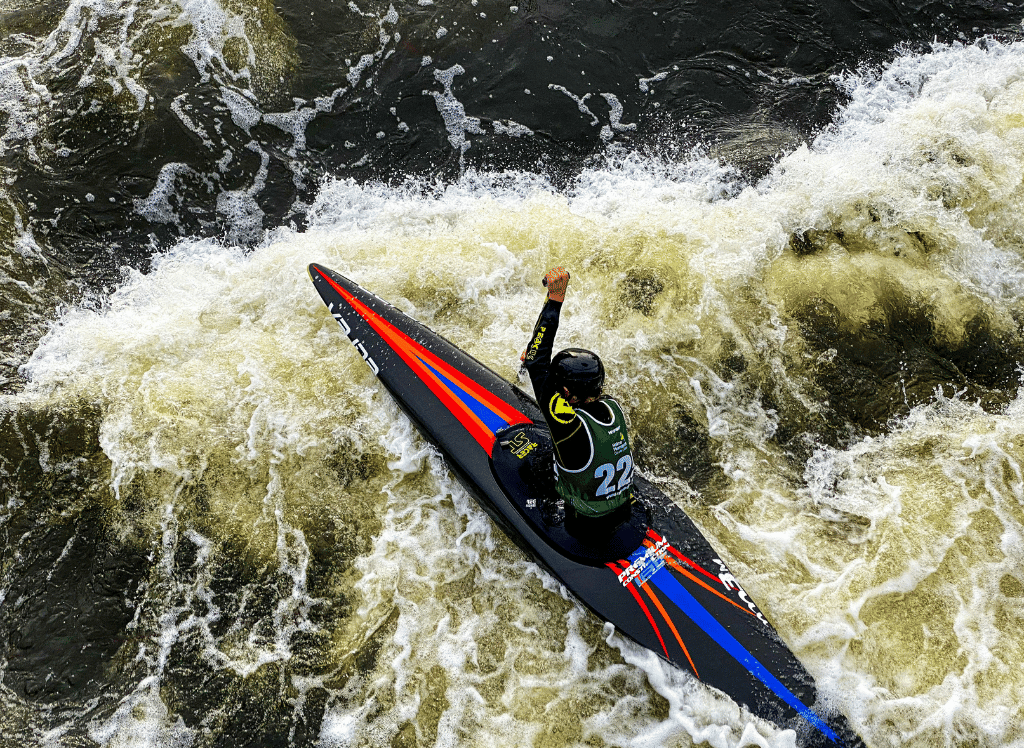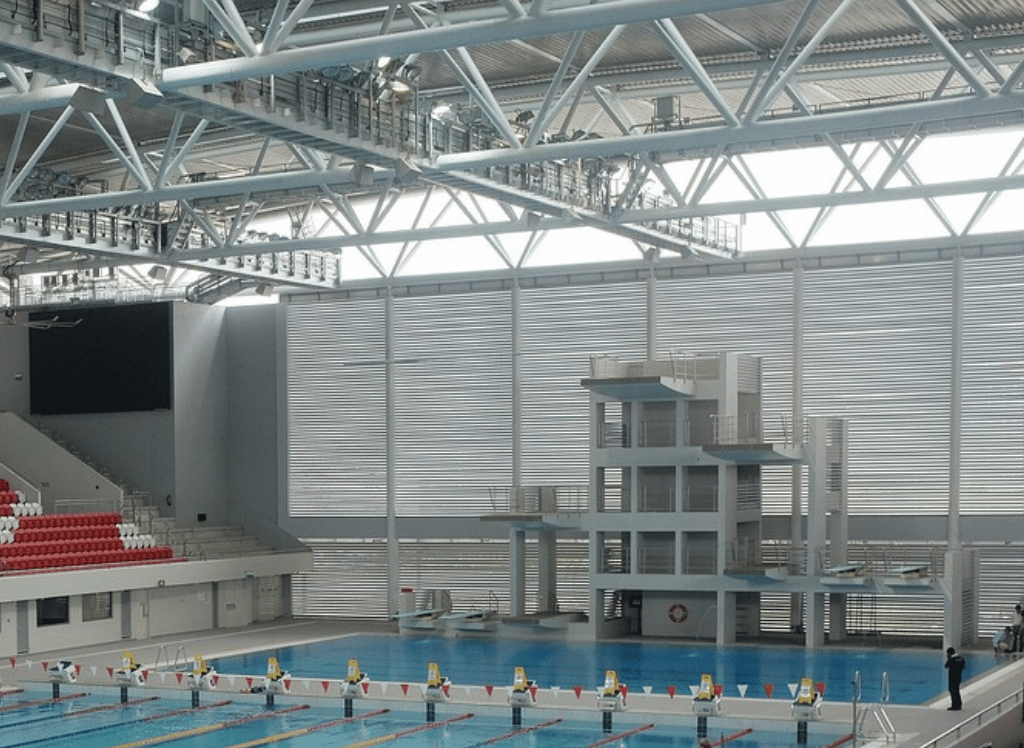Olympic weightlifting is not just about picking up heavy stuff and putting it down. It's an art form, a dance with gravity, and a test of explosive strength and technique.
These lifts are performed in competitions like the World Weightlifting Championships and the Olympics, where athletes showcase their strength and skill.
The beauty of Olympic weightlifting lies in its simplicity and complexity. While the goal is straightforward—lift the barbell from the ground to overhead—the technique and training required to achieve a successful lift are anything but simple. Let's get more into the world of Olympic weightlifting and explore what makes it such a rewarding sport.
The Snatch
The snatch is a single, fluid motion where the athlete lifts the barbell from the ground to overhead in one go.
It requires a combination of speed, strength, and flexibility. The key to a successful snatch is the triple extension—extending the hips, knees, and ankles simultaneously to generate maximum force.
The Clean and Jerk
The clean and jerk is a two-part lift. First, the athlete performs the clean, lifting the barbell from the ground to the shoulders. Then, in the jerk, the barbell is thrust overhead.
This lift demands not only strength but also precise timing and coordination.
Strength Training
Strength training is the foundation of Olympic weightlifting. Athletes must build a solid base of strength to handle the heavy loads required in competition. This involves exercises like squats, deadlifts, and bench presses.
Weightlifting Exercises
Specific weightlifting exercises, such as the power clean, are essential for developing the explosive strength needed for Olympic weightlifting. These exercises mimic the movements performed in competition and help athletes build the necessary skills.
Developing Explosive Strength
This is crucial in Olympic weightlifting, where athletes must lift heavy loads quickly and efficiently. Plyometric exercises, such as box jumps and medicine ball throws, are excellent for developing explosive strength.
Explosive strength not only improves performance in Olympic weightlifting but also enhances overall athletic ability. Athletes who develop explosive strength can jump higher, run faster, and perform better in various sports.
Mastering the Technique
In Olympic weightlifting, technique is everything. A slight error in form can mean the difference between a successful lift and a failed attempt. Athletes spend years perfecting their technique to ensure they can lift heavy loads safely and efficiently.
Common Mistakes
Common mistakes in Olympic weightlifting include improper bar path, poor timing, and lack of flexibility. Addressing these issues through targeted training and coaching is crucial for success.
Importance of the Overhead Position
The overhead position is critical in both the snatch and the clean and jerk. Athletes must have the strength and stability to hold the barbell overhead while maintaining proper form. This requires strong shoulders, core, and upper back muscles.
Training the overhead position involves exercises like overhead presses, push presses, and overhead squats. These exercises help athletes build the strength and stability needed to hold the barbell overhead during competition.
What is Triple Extension?
Triple extension refers to the simultaneous extension of the hips, knees, and ankles during a lift. This movement generates maximum force and is essential for lifting heavy loads in Olympic weightlifting.
Training for triple extension involves exercises like power cleans, snatches, and jump squats. These exercises help athletes develop the explosive power needed to perform the triple extension effectively.
Importance of Flexibility
Flexibility is crucial in Olympic weightlifting. Athletes must have the range of motion to perform the lifts correctly and avoid injury. This includes flexibility in the hips, shoulders, and ankles.
Improving flexibility involves regular stretching and mobility exercises. Yoga and dynamic stretching routines can help athletes increase their flexibility and improve their performance in Olympic weightlifting.
Mental Toughness
Mental toughness is a key component of Olympic weightlifting. Athletes must have the focus and determination to push through challenging training sessions and competitions. Visualization and mental rehearsal techniques can help athletes build mental toughness.
Fear of failure or injury can hold athletes back in Olympic weightlifting. Overcoming this fear involves building confidence through consistent training and positive self-talk. Working with a coach or sports psychologist can also be beneficial.
Importance of Nutrition
Proper nutrition is essential for Olympic weightlifters. Athletes need the right balance of macronutrients—protein, carbohydrates, and fats—to fuel their training and recovery. Hydration is also crucial for optimal performance.
Meal planning involves creating a balanced diet that supports an athlete's training goals. This includes eating nutrient-dense foods like lean meats, whole grains, fruits, and vegetables. Supplements like protein powder and creatine can also be beneficial.
Importance of Recovery
Recovery is just as important as training in Olympic weightlifting. Athletes need adequate rest to allow their muscles to repair and grow. This includes getting enough sleep, taking rest days, and incorporating active recovery techniques.
Active recovery involves low-intensity activities like walking, swimming, or yoga. These activities help increase blood flow to the muscles and promote recovery without adding additional stress to the body.
Importance of a Coach
A good coach is invaluable in Olympic weightlifting. Coaches provide guidance, feedback, and support to help athletes improve their technique and performance. They also create training programs tailored to the athlete's goals and needs.
Finding the Right Coach
Finding the right coach involves looking for someone with experience and a proven track record in Olympic weightlifting. It's also important to find a coach who communicates well and understands the athlete's goals and needs.
Types of Injuries
Common injuries in Olympic weightlifting include shoulder impingements, lower back strains, and knee injuries. These injuries can result from improper technique, overtraining, or lack of flexibility.
Preventing injuries involves proper warm-up and cool-down routines, maintaining good technique, and listening to the body. Regular mobility work and strength training can also help prevent injuries.
Weight Classes
Olympic weightlifting competitions are divided into weight classes to ensure fair competition. Athletes compete against others in their weight category, making it a battle of strength relative to body weight.
These categories range from lightweight to heavyweight, allowing athletes of all sizes to compete. The weight classes ensure that the competition is fair and that athletes are matched against others of similar body weight.
Origins of the Sport
Olympic weightlifting has a rich history that dates back to ancient civilizations. The sport has evolved over the years, with the modern version being included in the first Olympic Games in 1896.
The sport has continued to evolve, with changes in rules, equipment, and training methods. Today, Olympic weightlifting is a highly competitive and respected sport worldwide.
Innovations in Training
Innovations in training methods and technology are shaping the future of Olympic weightlifting. Advances in sports science and biomechanics are helping athletes train more effectively and safely.
Olympic Weightlifting FAQs
What are the two main lifts in Olympic weightlifting?
The two main lifts in Olympic weightlifting are the snatch and the clean and jerk. The snatch involves lifting the barbell from the ground to overhead in one motion, while the clean and jerk is a two-part lift that involves lifting the barbell to the shoulders and then overhead.
How can I improve my technique in Olympic weightlifting?
Improving technique in Olympic weightlifting involves consistent practice, working with a coach, and focusing on key aspects like bar path, timing, and flexibility. Video analysis and feedback from a coach can also be helpful.
What should I eat to support my training in Olympic weightlifting?
A balanced diet that includes lean proteins, whole grains, fruits, and vegetables is essential for supporting training in Olympic weightlifting. Hydration is also crucial, and supplements like protein powder and creatine can be beneficial. Meal planning and working with a nutritionist can help ensure you're getting the right nutrients to fuel your training and recovery.
Summary
Olympic weightlifting is a dynamic and challenging sport that requires a combination of strength, technique, and mental toughness. With the right training, nutrition, and support, athletes can achieve great success in this sport. Whether you're a seasoned lifter or just starting, Olympic weightlifting offers a rewarding and exciting journey.


